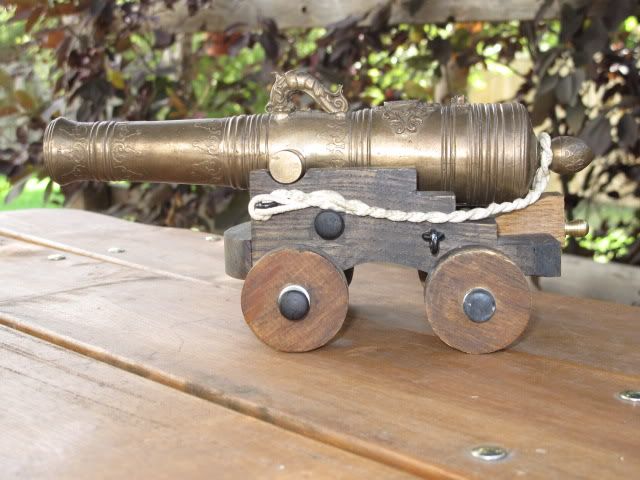DutchmanDick
40 Cal.
- Joined
- Mar 30, 2009
- Messages
- 192
- Reaction score
- 0
...before it is actually considered an artillery piece rather than just a model? I know the Williams Rapid Fire cannon from the Civil War had about a 1.6" bore (and was a breechloader), but were there any other field pieces this small?







